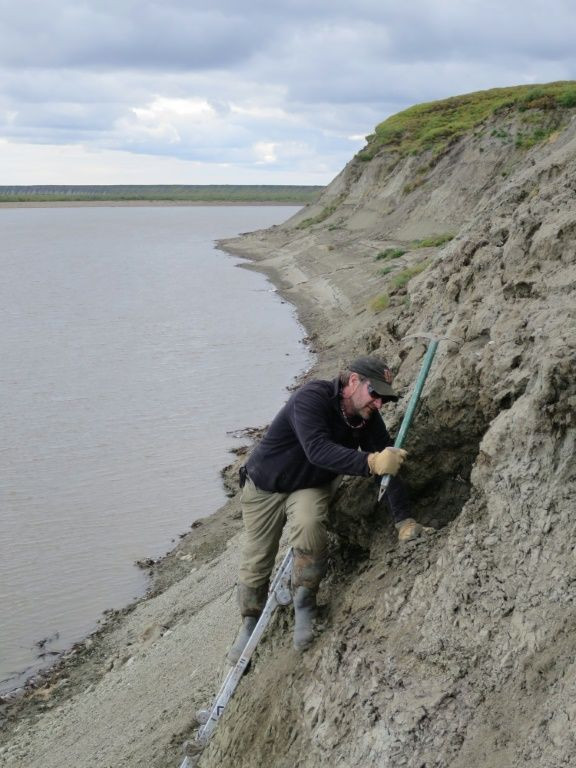Mysterious Alaskapox Virus That Jumps From Animals To Humans Reported Again
KEY POINTS
- Two new cases of Alaskapox virus were reported in the same Alaskan city where the first two cases were logged
- Three of the cases had cats in their homes
- There is no evidence so far of person-to-person spreading
The mysterious Alaskapox virus has resurfaced in Fairbanks, Alaska, this summer with two new cases. The earlier two cases, in 2015 and 2020, were also reported in the same area.
According to the Alaska Department of Health and Social Services, the infected Alaskans have since recovered after contracting the disease with non-severe symptoms, Alaska Public Media reported. Experts suspect that small animals are carriers of the virus, with a testing and trapping project having found evidence of Alaskapox virus in squirrels, voles, and shrews, KTOO reported.
The Alaska Division of Public Health says two Fairbanks-area residents have been diagnosed with the third and fourth known cases of a newly discovered species of virus called “Alaskapox"https://t.co/CdTklksHEK
— Anchorage Daily News (@adndotcom) September 14, 2021
Dr. Eric Mooring, an epidemiologist with the Centers for Disease Control and Prevention (CDC), explained that all four of the Fairbanks Alaskapox cases experienced single, small skin lesions that “varied a bit in color, but reddish-whitish and then sometimes even went on to become a darker sort of a brownish shade.”
Mooring further said that the patients had swollen lymph nodes as well as pain in parts of the body near lymph nodes. According to him, the running theory in Alaskapox studies is that small animals played a role in transmitting the virus to humans, although it has yet to be determined which specific mammal was involved in animal-to-human transmission and how it occurred.
Three of the four patients were cat owners, and all of the known cases were among individuals residing in “low-density housing in forested areas.” Despite a majority of the cases having cats in their homes, Mooring said it is still unclear whether cats had any role in spreading the virus. “So that’s something we’re still looking at, but it is a similarity,” he noted.
As part of the efforts to study the novel virus, CDC biologist Jeff Doty has traveled to Fairbanks to set up traps for animals that could help with research on the emerging virus, the Anchorage Daily News reported.
So far, there is no evidence pointing to the virus spreading from person to person.
Health experts set traps north of Fairbanks to catch clues about the mysterious Alaskapox virus: https://t.co/ehR6B49SvK
— Anchorage Daily News (@adndotcom) September 18, 2021
While the first case of Alaskapox was a woman who reported a fever, fatigue a red spot on her shoulder, the second case complained of pain, fatigue, a fever, and a gray lesion on her upper left arm, and the third case was a young child who suffered from some pain, mild fever, and a "pox-like mark" on the inside of her left elbow.” The child recovered after three weeks. The fourth case was a woman who had a lesion on her right thigh. She also complained of joint pain.
Mooring noted that while Alaskapox is gaining interest in the healthcare sector, he, along with other health experts, “don’t think it should be a major source of worry.” He said the four cases so far were “isolated” and “don’t have any known connection to each other.”
The virus is a type of orthopoxvirus, with only three viruses in the group having been discovered in the past 10 years. It is worth noting that the second case revealed "one of her cats captured and killed small mammals on her property."
Alaskapox falls under the same genus as smallpox. However, the latter is highly contagious. Studies have yet to conclude whether Alaskapox poses serious health risks in severe cases as all of the four known diagnosed cases experienced mild symptoms and were not hospitalized.

© Copyright IBTimes 2024. All rights reserved.












